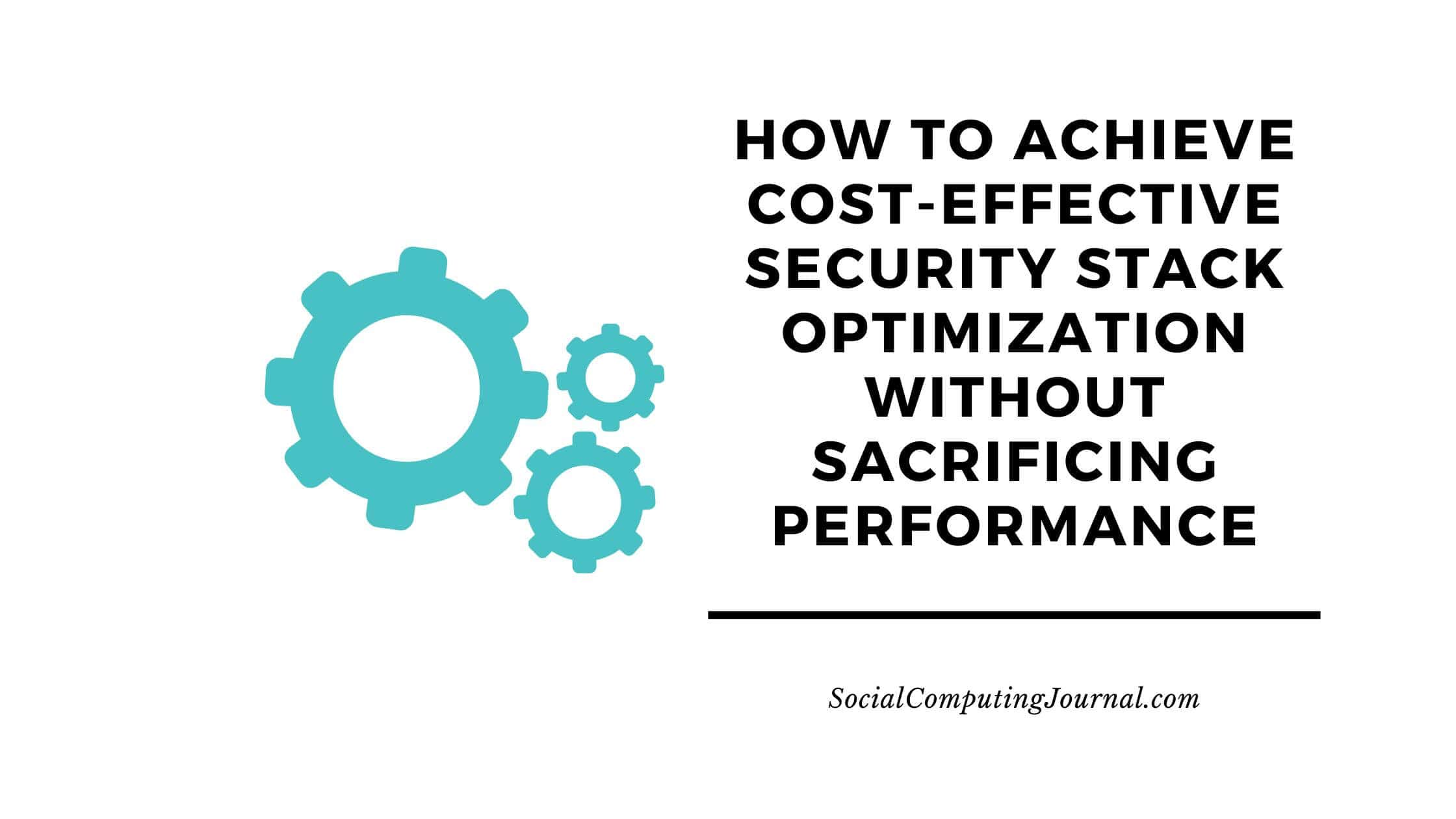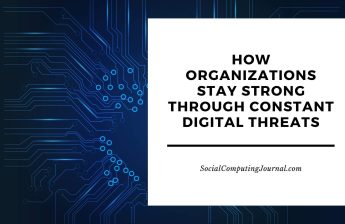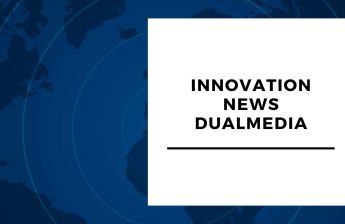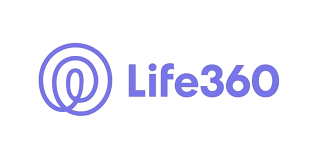In today’s fast-paced digital world, security is no longer a luxury but a necessity. There is an increased focus on security as businesses rely more heavily on complex security stacks to protect their data, networks, and systems from a growing number of cyber threats. However, maintaining an optimized security stack can be a challenging balancing act. Many companies face the challenge of robust protection without overburdening their budgets or compromising the performance of their systems. It is possible to strike that balance by achieving cost-effective security stack optimization. In this article, we will explore how organizations can optimize their security stacks without sacrificing performance and overburdening their budget, focusing on practical, real-world solutions.
Contents
- 1 Understanding Security Stack Optimization
- 2 The Need for Cost-Effective Security Stack Optimization
- 3 Evaluating Your Current Security Stack
- 4 Streamlining Security Tools and Technologies
- 5 Leveraging Automation for Efficiency
- 6 Optimizing for Performance
- 7 The Role of Cloud Security in Optimization
- 8 Ensuring Continuous Monitoring and Improvement
Understanding Security Stack Optimization
What is a security stack? It refers to the combination of security tools and technologies that an organization deploys to protect its digital infrastructure. This stack typically includes a wide range of tools for network security, endpoint protection, threat detection, encryption, and more. Over time, cyber threats are evolving and becoming more sophisticated, and companies must continuously adjust their security measures. However, this often results in the use of an excessive number of security tools, which can lead to inefficiencies and unnecessary costs.
Security stack optimization is the process of refining and streamlining these tools and technologies to ensure that each element of the stack is performing at its best. It involves identifying redundant or underperforming tools, consolidating overlapping functions, and leveraging automation to increase efficiency. The focus is on creating a security architecture that provides comprehensive protection while minimizing costs and maximizing performance.
The Need for Cost-Effective Security Stack Optimization
The frequency and sophistication of cyberattacks is growing. Businesses cannot neglect their security infrastructure. However, many organizations face budget constraints, especially smaller companies or those operating in industries with thin profit margins. As a result, there is an urgent need for cost-effective security stack optimization solutions.
Many security tools also slow down their system. So, the challenge for businesses is also to find a way to maintain high levels of security while ensuring that performance remains unaffected.
Evaluating Your Current Security Stack
Before diving into optimization strategies, the first step in achieving cost-effective security stack optimization is to conduct a thorough assessment of your current security setup. That means taking a closer look at the tools and technologies currently in use, as well as evaluating their effectiveness in addressing the organization’s security needs. Here are some questions that should be considered:
Are there overlapping tools? Usually, businesses use multiple tools that serve similar functions, such as antivirus software, endpoint detection, or firewalls. This can result in unnecessary costs without adding significant value to the system’s performance.
What is the impact on system performance? Some security tools consume excessive resources and can degrade system performance. It can lead to slowdowns, disruptions, or even crashes. This can frustrate employees and ultimately hinder productivity.
Is the stack scalable? Your security stack should be able to grow with your organization. If it fails to do the job properly, you will quickly find yourself struggling to accommodate new technologies.
Streamlining Security Tools and Technologies
Start by eliminating redundant tools. Over time, as businesses adopt new security technologies, they often accumulate a variety of point solutions designed to address specific security concerns. While these tools may work well in isolation, they can overlap in functionality, leading to inefficiencies and added costs.
For instance, you might have separate solutions for endpoint protection, threat detection, and network security, all of which could address similar risks. In many cases, modern security suites offer integrated solutions that consolidate these functions into a single platform, thereby reducing both the cost and complexity of your security stack.
Consolidating your security tools helps in cutting down on licensing fees but also simplifies management, making it easier for your security team to monitor and respond to incidents.
Leveraging Automation for Efficiency
Let’s talk about automation as it is another critical element in security stack optimization. In the past, security teams relied heavily on manual processes to detect, respond to, and mitigate threats. This approach no longer works given the volume and sophistication of modern cyberattacks. Manual monitoring and response are not only resource-intensive but also prone to human error.
Today, many security tools come with automation features that can significantly reduce the workload for your security team. For example, automated threat detection systems can quickly identify potential threats and initiate responses, such as isolating infected systems or blocking malicious traffic. These tools can also provide automated reporting and alerts, enabling quicker decision-making.
Optimizing for Performance
As mentioned earlier, security tools can sometimes negatively impact a system’s performance. To avoid this, it’s important to focus on performance optimization when selecting and configuring security solutions. There are several strategies you can use to minimize the impact of security tools on performance:
- Choose lightweight solutions. Some security tools take more resources than others. When selecting tools for your stack, lightweight and efficient, especially for endpoint protection and threat detection.
- Configure tools for optimal performance. Many security tools allow you to configure various settings to strike a balance between security and performance. For example, you can schedule resource-intensive scans to run during off-hours or limit the scope of real-time scanning to essential files and processes. So, it is important to select a security suite that performs these functions.
- Regularly update software. Keeping your security tools up-to-date is important to keep the performance at peak. Software updates often include performance optimizations, bug fixes, and enhancements that can improve the overall performance of your security stack.
The Role of Cloud Security in Optimization
Cloud technologies have become an integral part of modern security stacks. By moving security functions to the cloud, businesses can offload much of the heavy tasks from their on-premise systems, resulting in improved performance and lower costs. Cloud security platforms also offer scalability, enabling organizations to quickly adapt to changing security needs. Read more about Security Risks Present in Your Cloud System: How to Resolve Them With CSPM?
For example, cloud-based security information and event management (SIEM) systems can aggregate and analyze logs from various sources in real time, providing valuable insights without putting a strain on local infrastructure. Similarly, cloud-based firewalls and intrusion detection systems (IDS) can scale up or down as needed, ensuring that security remains robust regardless of changes in traffic volume or threat landscape.
Cloud Security Technologies: Benefits & Examples
| Feature | Advantage | Example Use Case |
|---|---|---|
| Offloads Heavy Tasks | Reduces strain on on-premise systems → Improves performance & lowers costs. | Cloud-based SIEM analyzes logs in real time without local resource overload. |
| Scalability | Quickly adapt to changing security needs (elastic resources). | Cloud firewalls/IDS scale up/down based on traffic or threat levels. |
| Real-Time Insights | Centralized monitoring and analysis across diverse sources. | SIEM aggregates logs from endpoints, networks, and cloud services simultaneously. |
| Cost Efficiency | Pay-as-you-go models eliminate upfront hardware/software costs. | No need to maintain physical servers for security tools (e.g., firewalls). |
Learn more about what is cloud computing, scope and future.
Ensuring Continuous Monitoring and Improvement
Security stack optimization is not a one-time task but an ongoing process. Cyber threats are constantly evolving, and your security stack must be regularly evaluated and updated to stay ahead of these threats. Continuous monitoring is essential to ensure that your security tools are performing optimally and that no vulnerabilities are overlooked.
Conclusion
Achieving cost-effective security stack optimization without sacrificing performance is a crucial goal for any organization. By evaluating your current security tools, streamlining redundant solutions, incorporating automation, and optimizing for performance, you can create a security stack that delivers excellent performance at cost effective solutions. Remember that security is an ongoing process, and continuous monitoring and improvement are essential to staying ahead of emerging threats. Follow these strategies and you can build a security stack that not only protects your organization but also ensures efficient and seamless performance.






